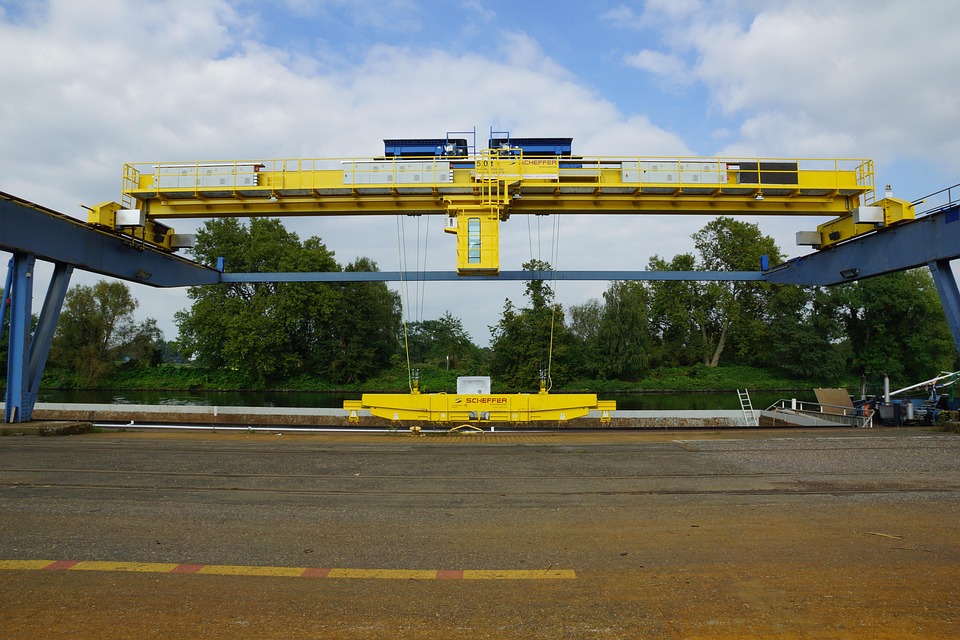Magnets are fascinating objects that have been captivating humans for centuries. They are found in a wide range of applications, from simple fridge magnets to complex industrial machinery. One of the most versatile types of magnets are set magnets, which can be used to create custom magnetic assemblies tailored to specific needs. In this article, we will explore the process of creating custom magnetic assemblies using set magnets, including design considerations, assembly techniques, and troubleshooting tips.
Design Considerations
Before diving into the assembly process, it’s crucial to consider several factors that will affect the performance and safety of your custom magnetic assembly.
1. Application and Requirements
The first step in designing a custom magnetic assembly is to define its intended application and requirements. This will help you determine the necessary magnetic properties, such as the required magnetic strength, field direction, and operational environment. For example, if you’re designing a magnetic assembly for a conveyor belt, you’ll need strong magnets with a uniform field to ensure efficient material handling.
2. Magnet Selection
Once you’ve identified the application and requirements, you can begin selecting the appropriate set magnets for your project. There are several types of magnets available, each with their own unique properties. Neodymium magnets, for instance, are known for their exceptional strength, making them ideal for applications requiring high magnetic force. Ceramic magnets, on the other hand, are more cost-effective and resistant to high temperatures, making them suitable for applications with less demanding magnetic requirements.
3. Magnet Shape and Size
The shape and size of your magnets will also affect the overall performance of your magnetic assembly. For example, if you need a uniform magnetic field, you may want to consider using disc-shaped magnets arranged in a specific pattern. Alternatively, if you need to direct the magnetic field in a specific direction, you may prefer cylindrical or rectangular magnets. It’s essential to choose magnets with the appropriate dimensions to ensure they fit within your assembly’s housing or enclosure.
4. Magnetic Field Orientation
Another critical design consideration is the orientation of the magnetic fields within your custom magnetic assembly. Depending on your application, you may need the magnetic fields to be aligned in a specific direction or pattern. For instance, if you’re designing a magnetic separator, you may want the magnetic fields to be perpendicular to the material flow to maximize separation efficiency.
5. Magnetic Shielding and Safety
Finally, it’s important to consider the potential risks associated with strong magnetic fields, such as interference with sensitive equipment or harm to nearby magnetic media. In such cases, you may need to incorporate magnetic shielding into your design to contain the magnetic field within your custom magnetic assembly. Additionally, always handle magnets with care and follow proper safety guidelines to avoid injury or damage to the magnets.
Assembling Your Custom Magnetic Assembly
Now that you’ve considered the key design factors, you can begin assembling your custom magnetic assembly using set magnets.
1. Prepare the Workspace
Before starting the assembly process, ensure your workspace is clean, organized, and free of magnetic interference. This will help prevent dust and debris from contaminating your magnets and ensure accurate assembly. You may also want to use a magnetic-safe work surface, such as a non-magnetic workbench or a thick rubber mat, to prevent magnets from sticking to the work surface.

